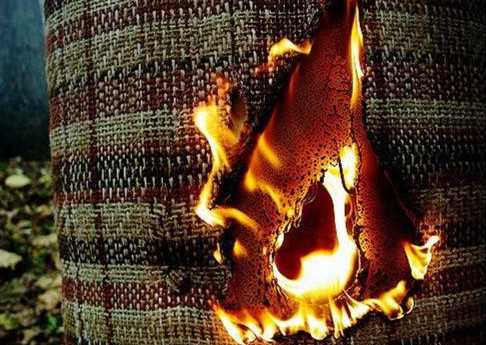Different Types of Flammability Tests and Their Applications

Flammability tests are used to determine the ability of a material to ignite and burn. The results of these tests can be used to assess the safety of a material in various applications, such as in building construction, transportation, and consumer products. There are several types of flammability tests that are commonly used, including:

1. Vertical burn test: In this test, a vertical specimen is exposed to a flame for a specified period of time. The flame is then removed, and the time it takes for the flame to self-extinguish is measured. This test is often used to assess the flammability of textiles and other soft materials.
2. Horizontal burn test: This test is similar to the vertical burn test, but the specimen is placed horizontally and the flame is applied to one end of the specimen. The time it takes for the flame to propagate along the specimen is measured. This test is often used to assess the flammability of building materials, such as insulation and wall coverings.
3. Oxygen index test: In this test, a specimen is placed in a combustion chamber and exposed to a flame while the oxygen concentration in the chamber is gradually decreased. The minimum oxygen concentration required to sustain combustion is measured. This test is often used to assess the flammability of plastics and other materials.
4. Limiting oxygen index test: This test is similar to the oxygen index test, but the oxygen concentration is held constant while the nitrogen concentration is gradually increased. The minimum nitrogen concentration required to sustain combustion is measured. This test is often used to assess the flammability of materials that are difficult to ignite, such as metals and ceramics.
5. Cone calorimeter test: In this test, a specimen is exposed to a radiant heat source, and the heat release rate, smoke production, and other parameters are measured. This test provides more detailed information on the combustion behavior of a material and is often used to assess the flammability of building materials and furniture.
6. Smoke density test: This test measures the amount of smoke produced by a material when it is burned. This test is often used to assess the flammability of materials used in transportation, such as aircraft and trains.
7. Flame spread test: This test measures the rate at which flames spread over the surface of a material. This test is often used to assess the flammability of building materials and furnishings.
The choice of flammability test depends on the type of material being tested and the application in which it will be used. By properly using these tests, it is possible to ensure that materials are safe and appropriate for their intended use.
2023-07-06 14:36

